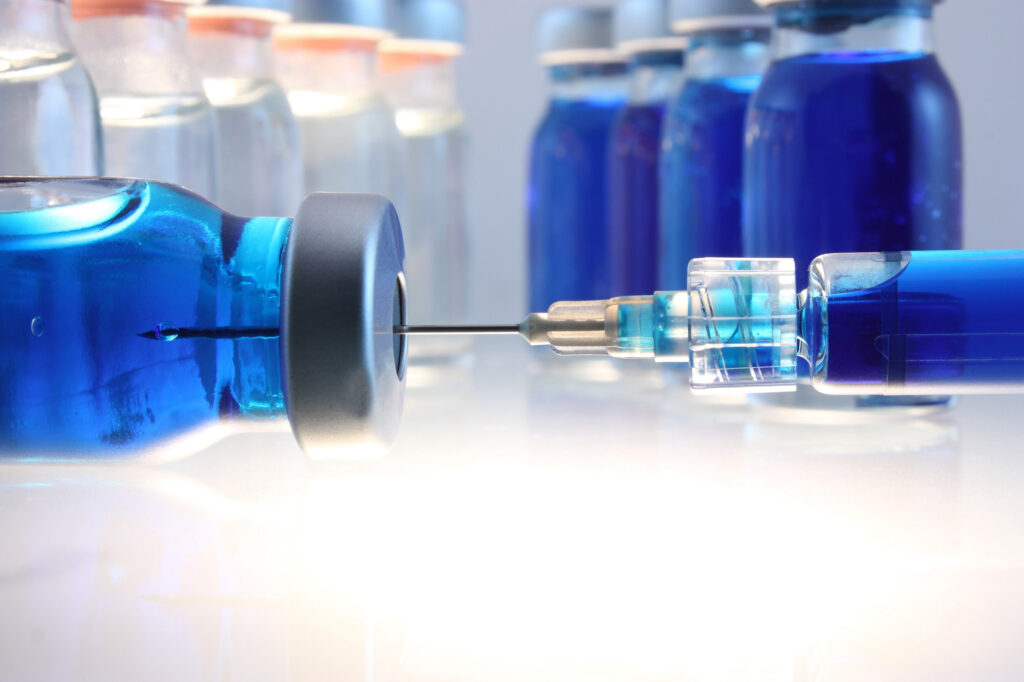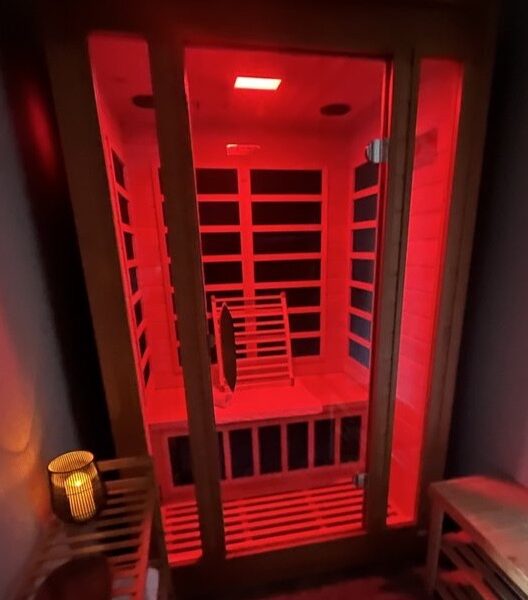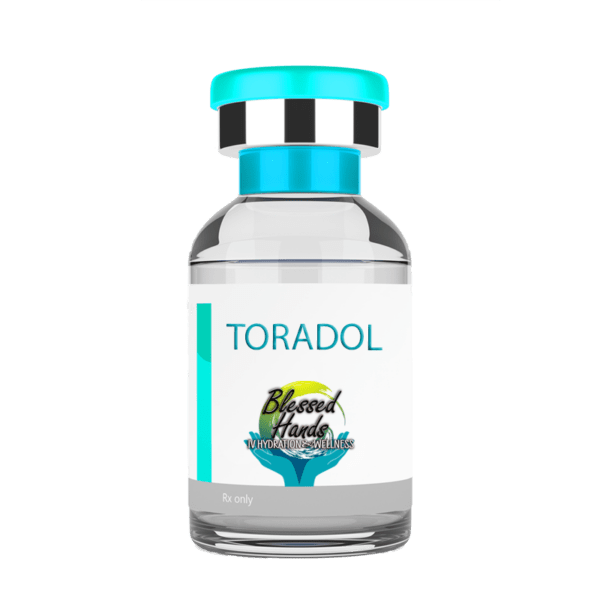Description
Methylene Blue And Near Infra Red: The Perfect Combo
Neurons are protected against degeneration using low-level methylene blue and near-infrared light interventions. Both of these interventions act by a cellular mechanism involving enhancement of the electron transport chain in mitochondria, which promotes energy metabolism and neuronal survival.
Methylene blue preferentially enters neuronal mitochondria after systemic administration.
Low-level near-infrared light applied transcranially delivers photons to cortical neurons that are accepted by a specific protein complex in the mitochondria, which causes increased cell respiration and cerebral blood flow (1).
Breakthrough in vivo studies with these interventions suggest that targeting mitochondrial respiration may be beneficial for protection against different types of neurodegenerative disorder
Near-infrared light stimulates mitochondrial respiration by donating photons that are absorbed by cytochrome oxidase. Photons are packets of luminous energy from electromagnetic waves. The amount of energy delivered by a photon depends on the light wave frequency. Photons in the red-to-near-infrared frequency range of approximately 620–1150 nm penetrate to the brain and intersect with the absorption spectrum of cytochrome oxidase
This type of luminous energy can enter brain mitochondria transcranially, and—independently of the electrons derived from food substrates—it can directly photostimulate cytochrome oxidase activity
What to bring: a swim suit, change of clothes, and a water bottle. For maximum benefits, drink plenty of water and try to refrain from eating 1-2 hours prior before your session.


